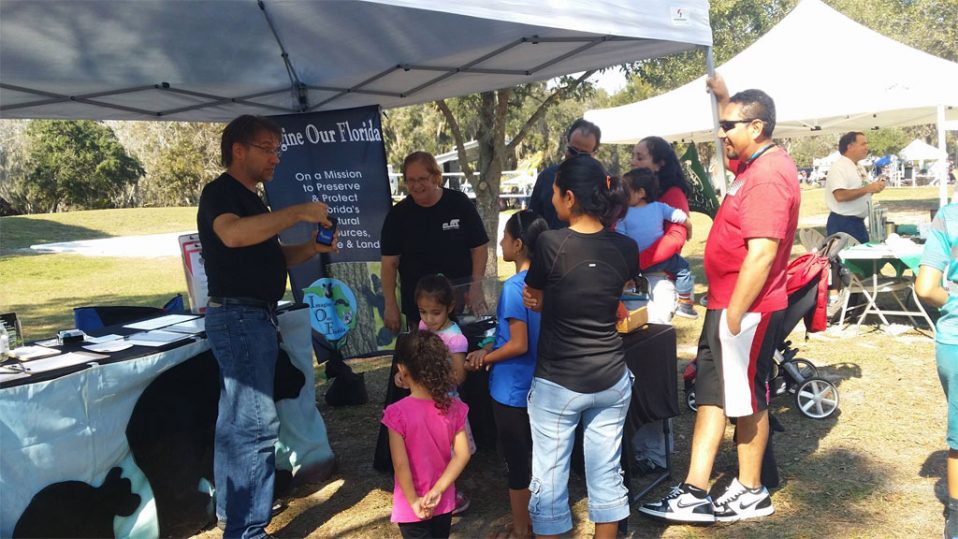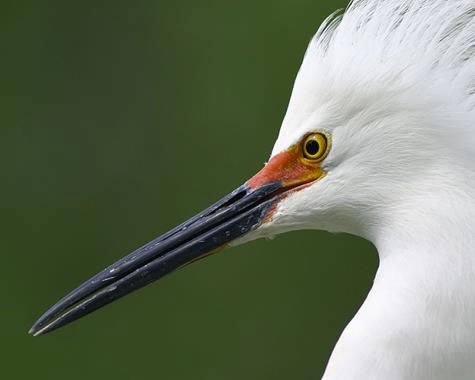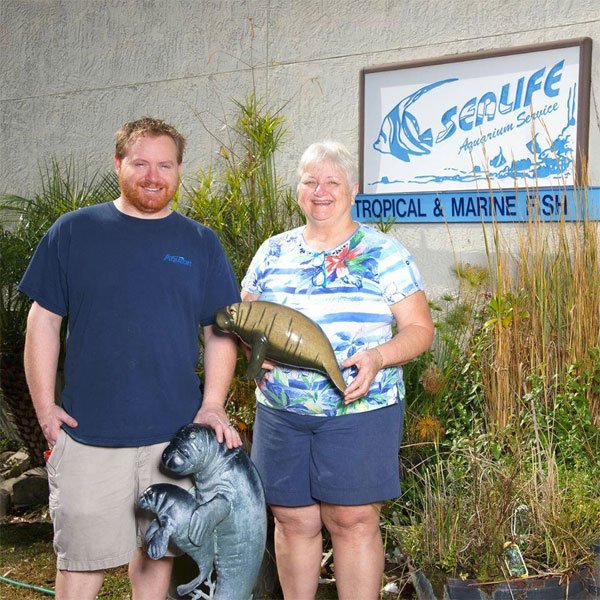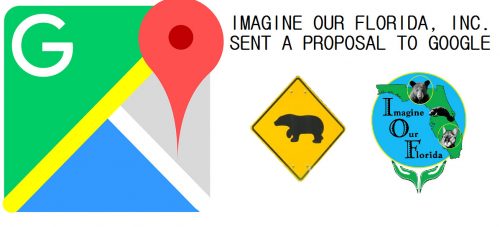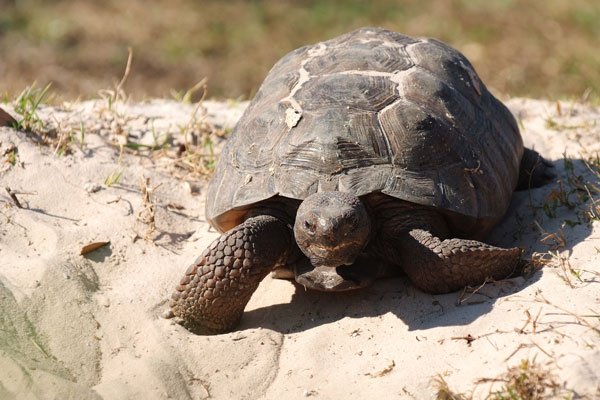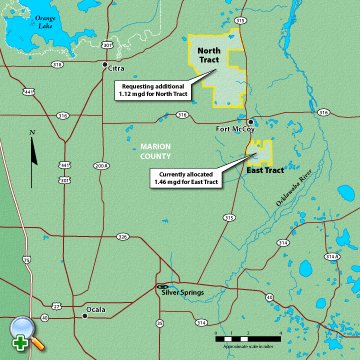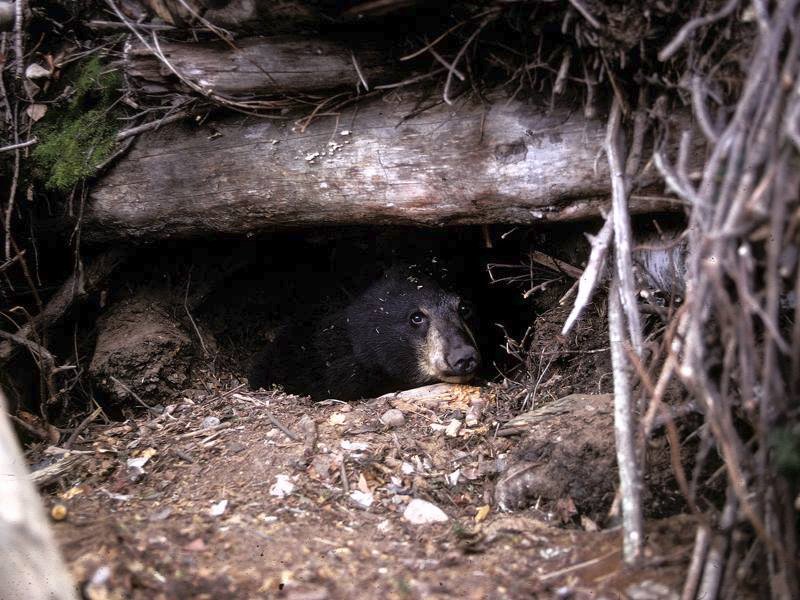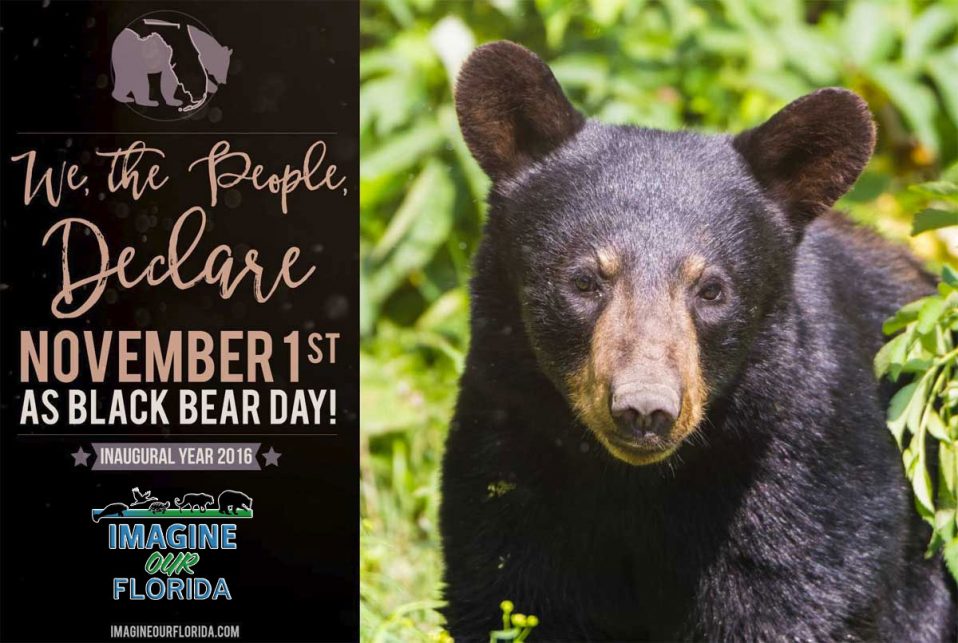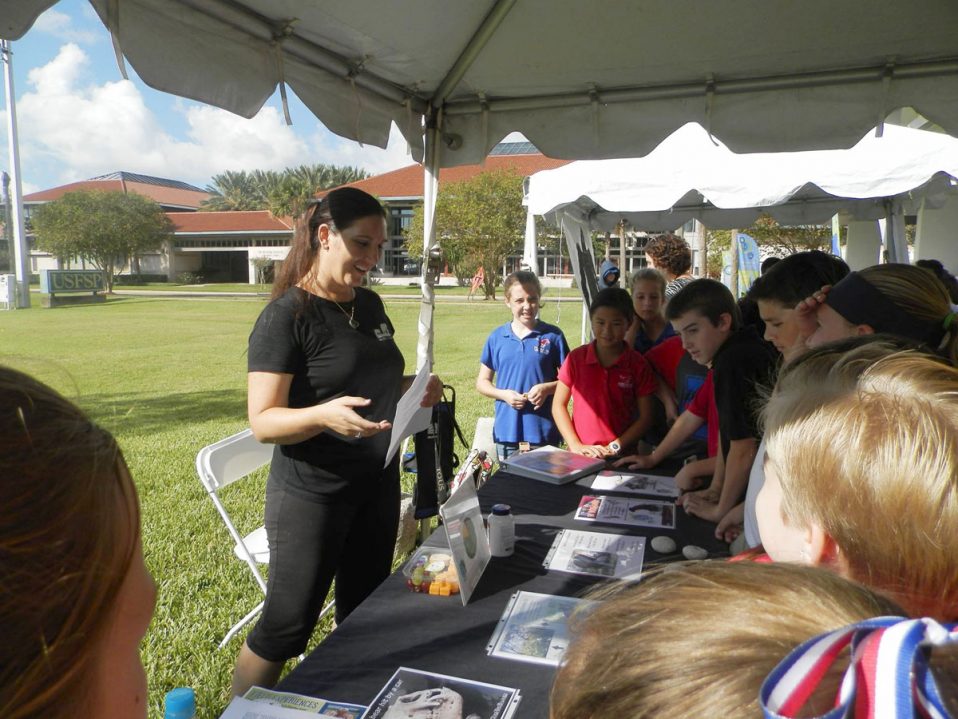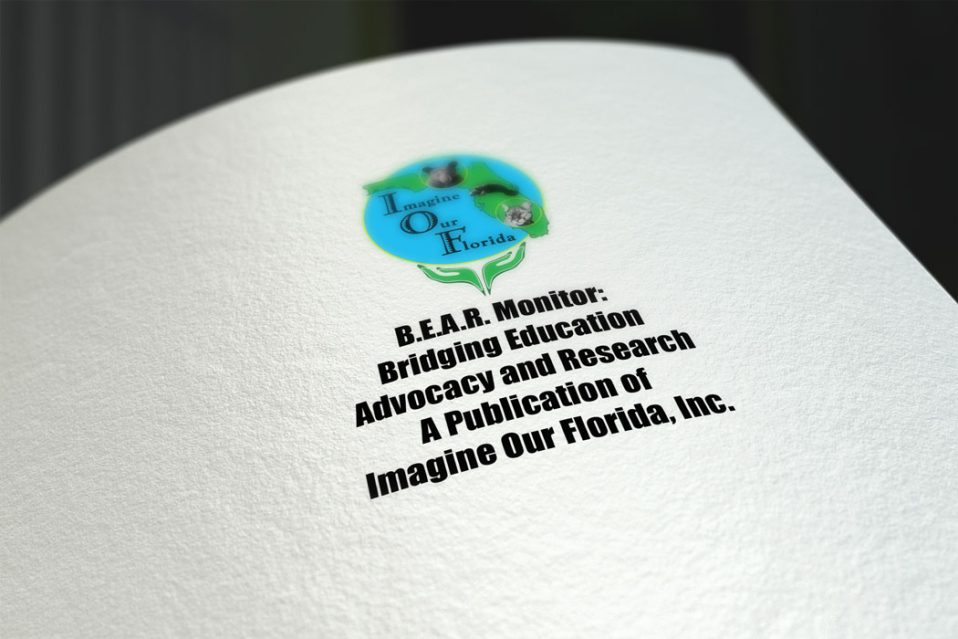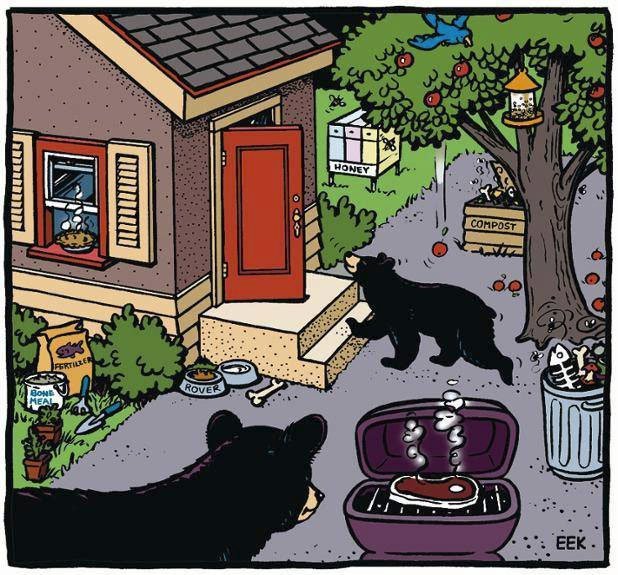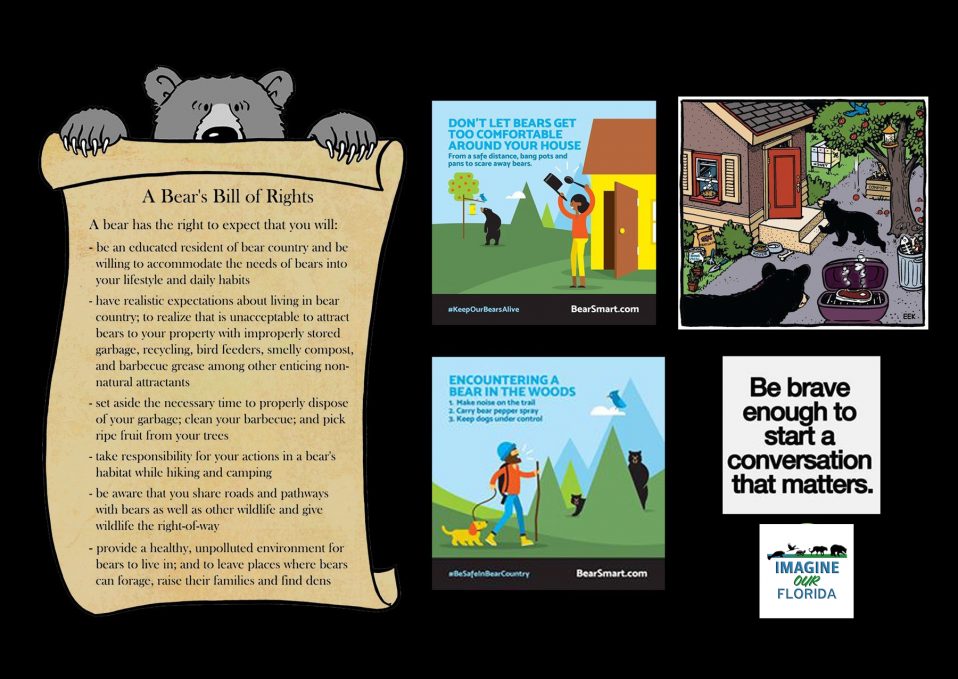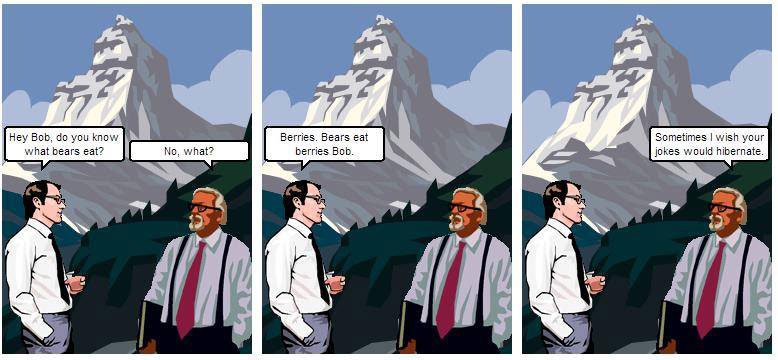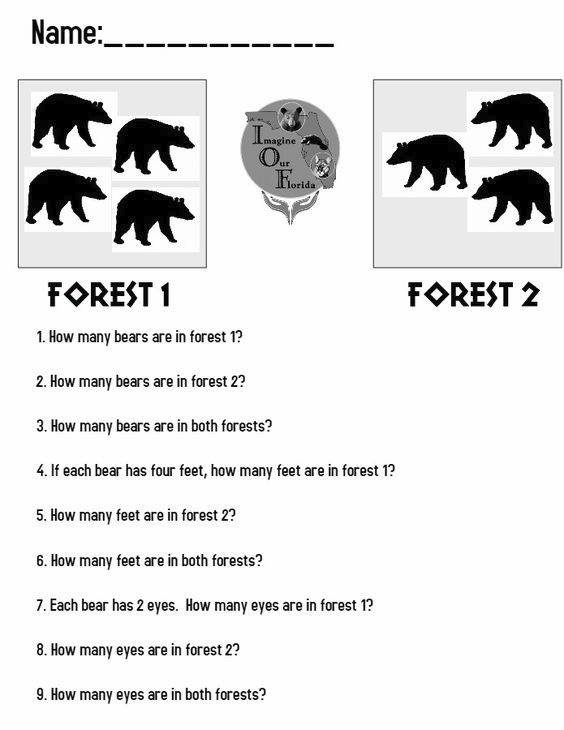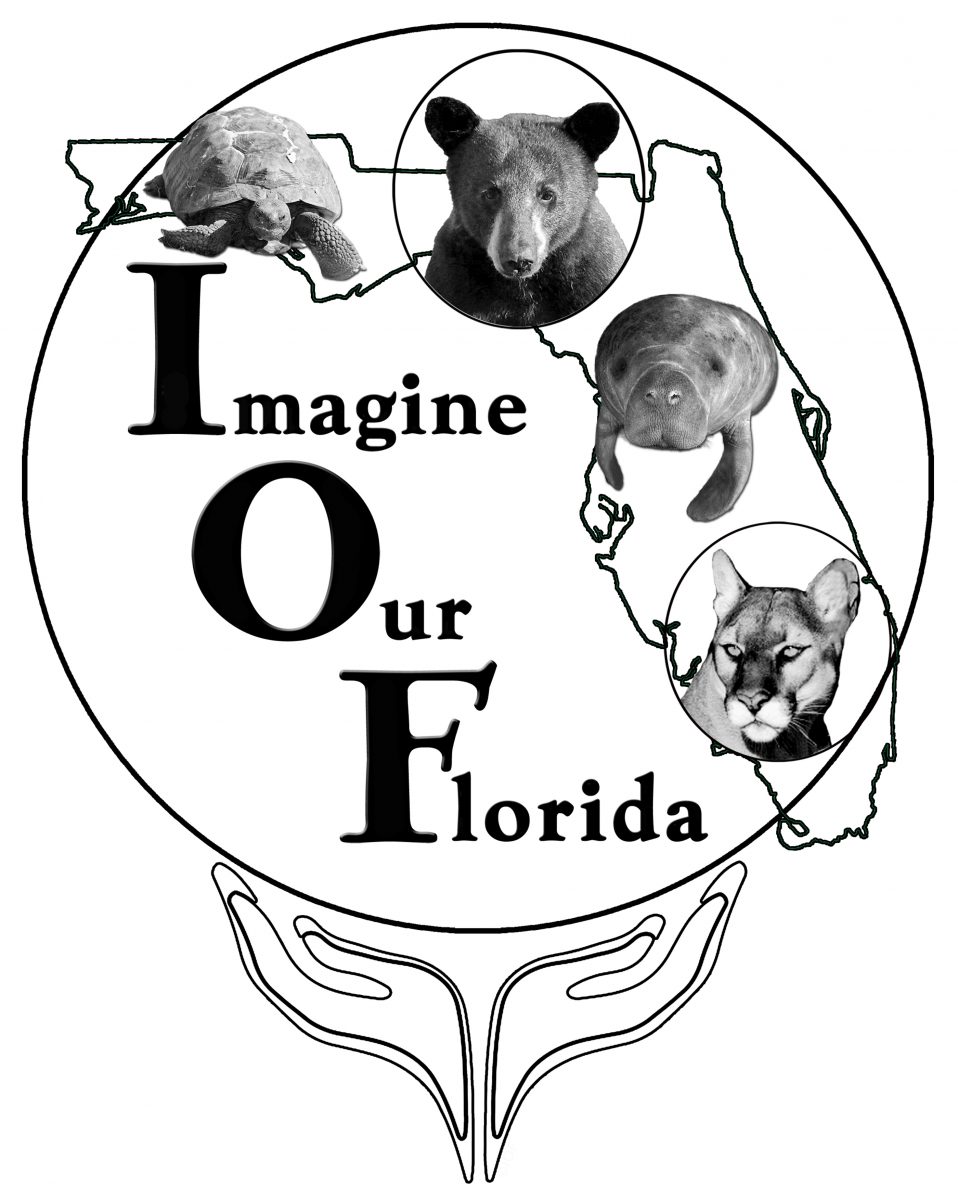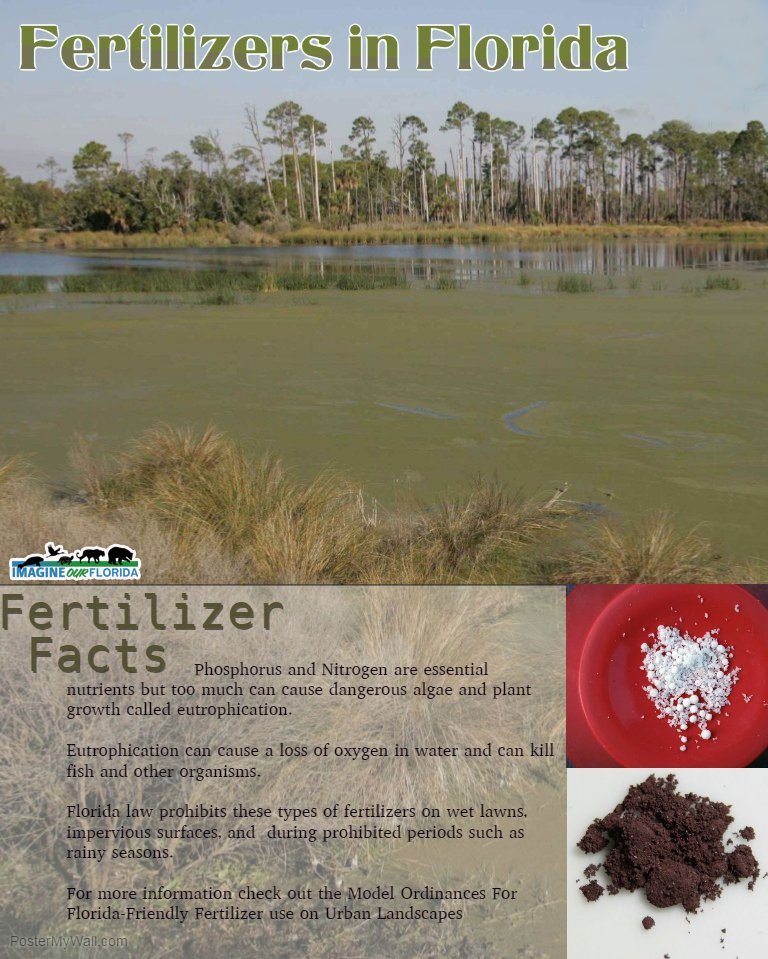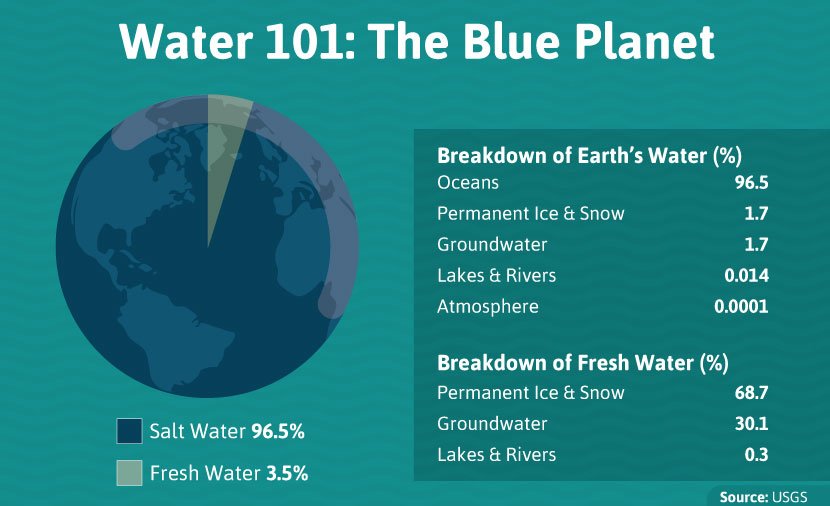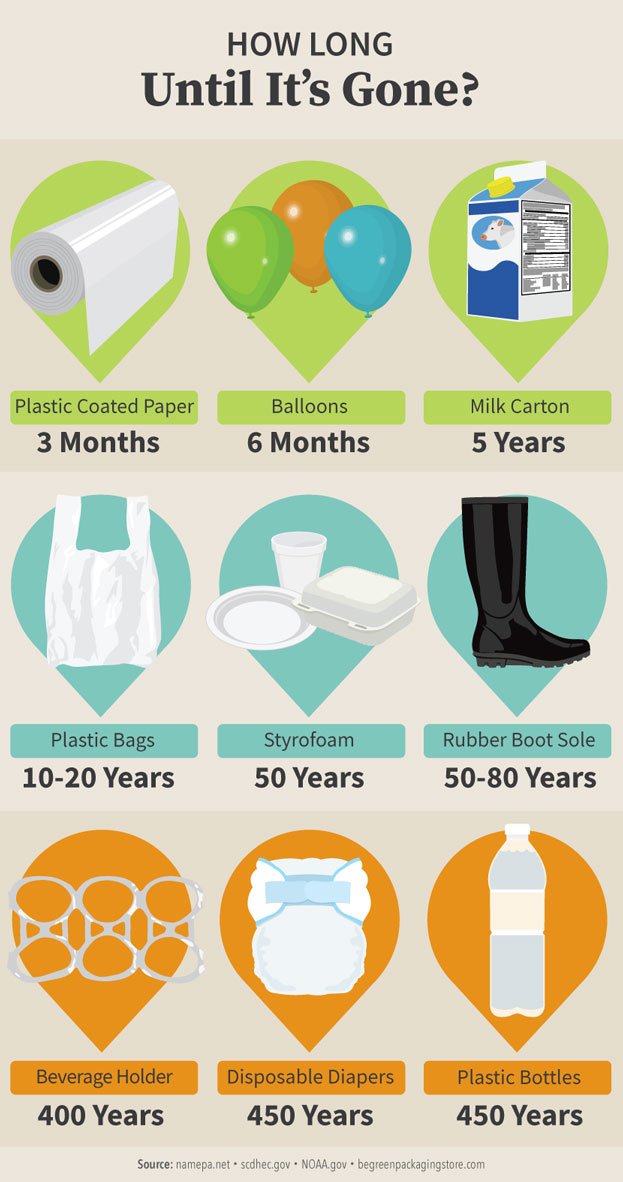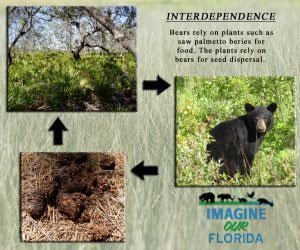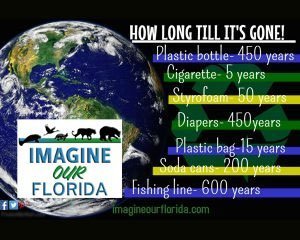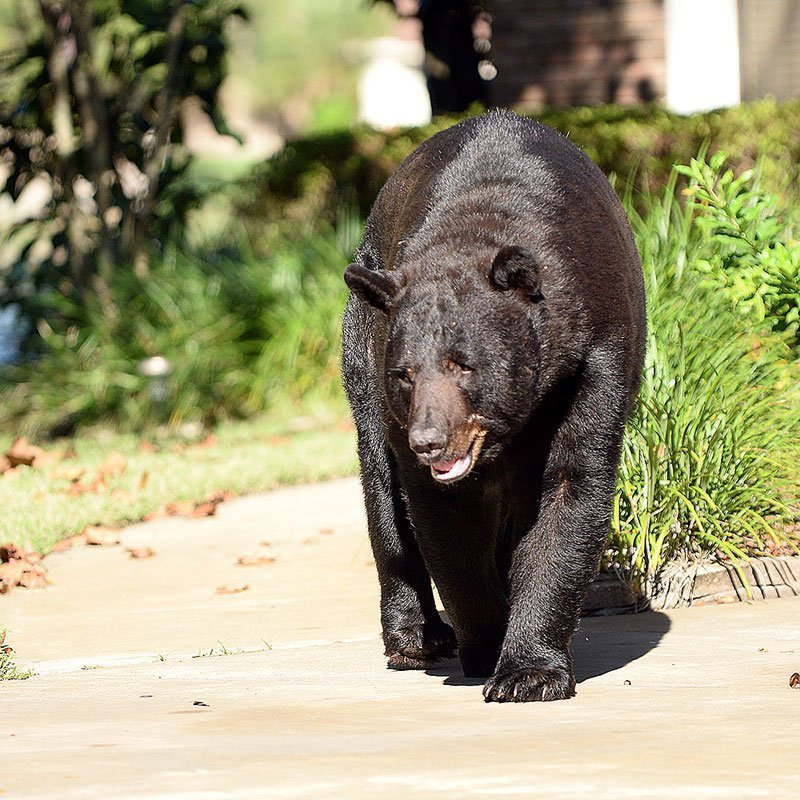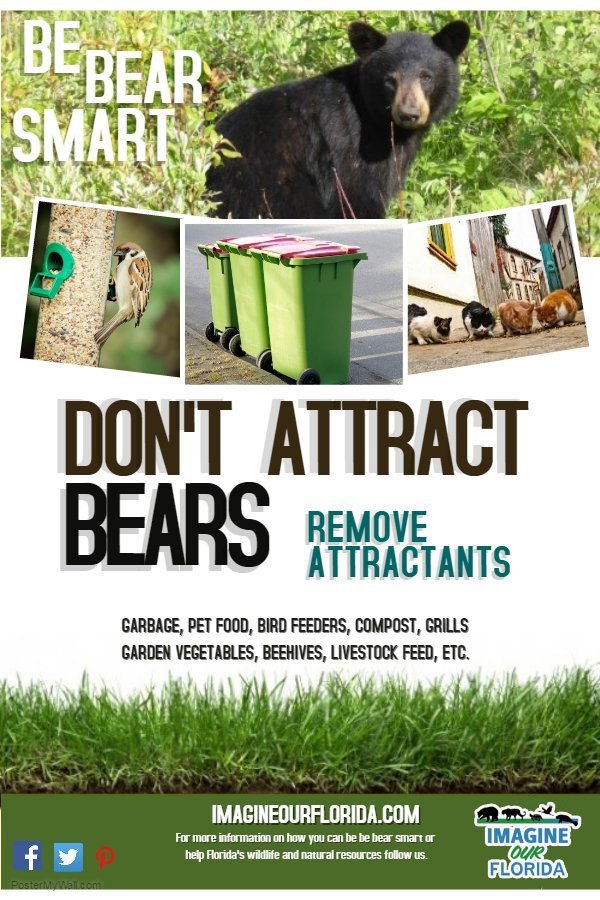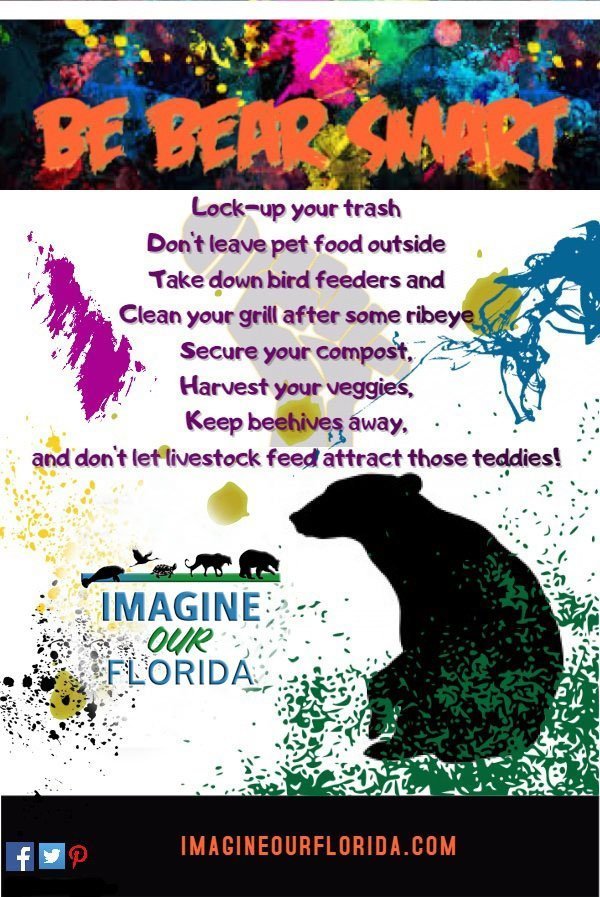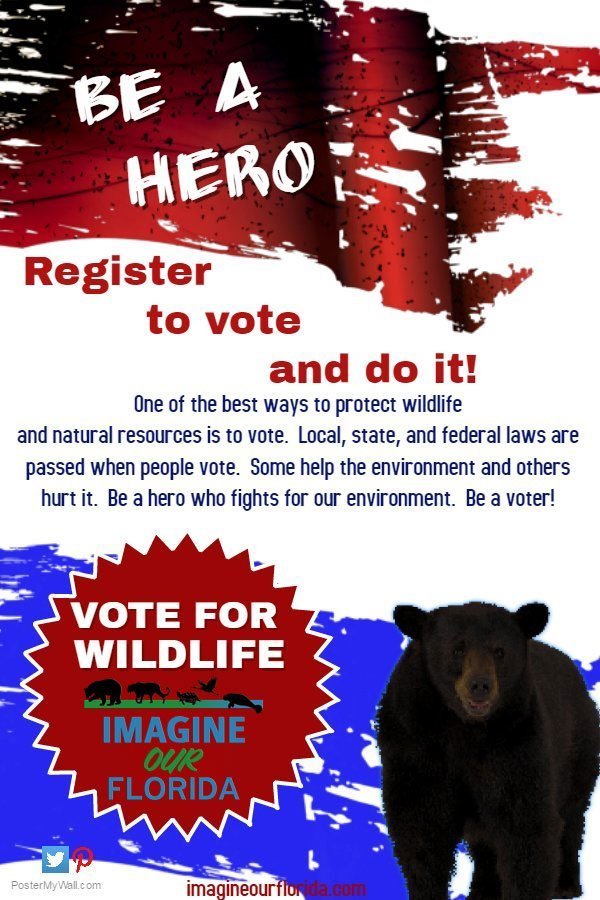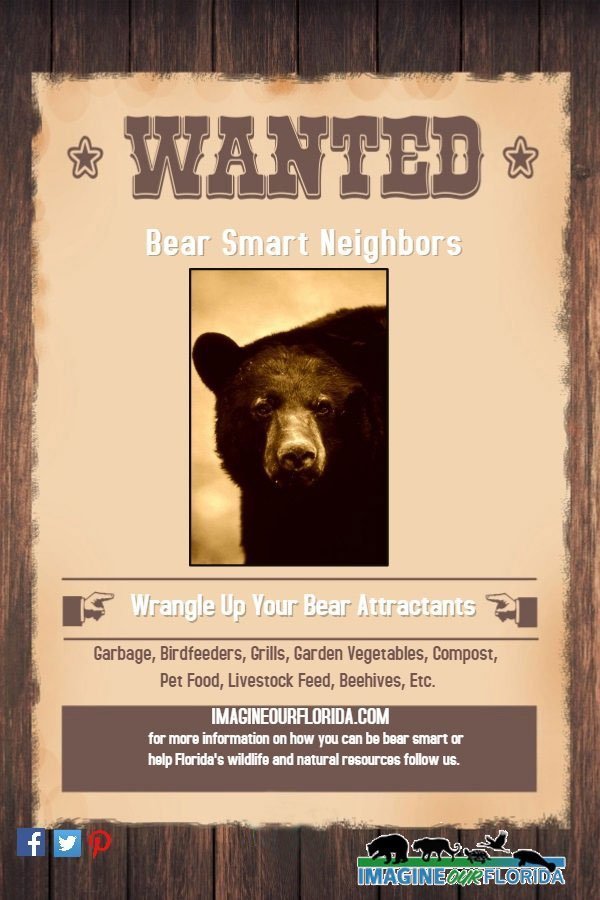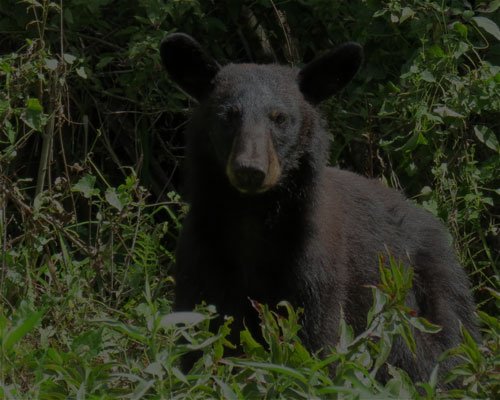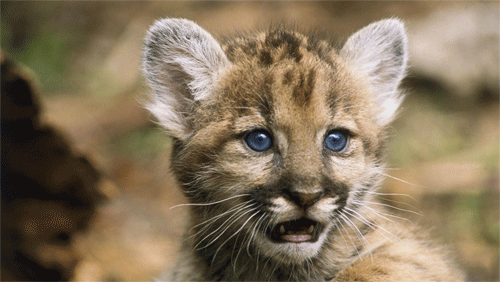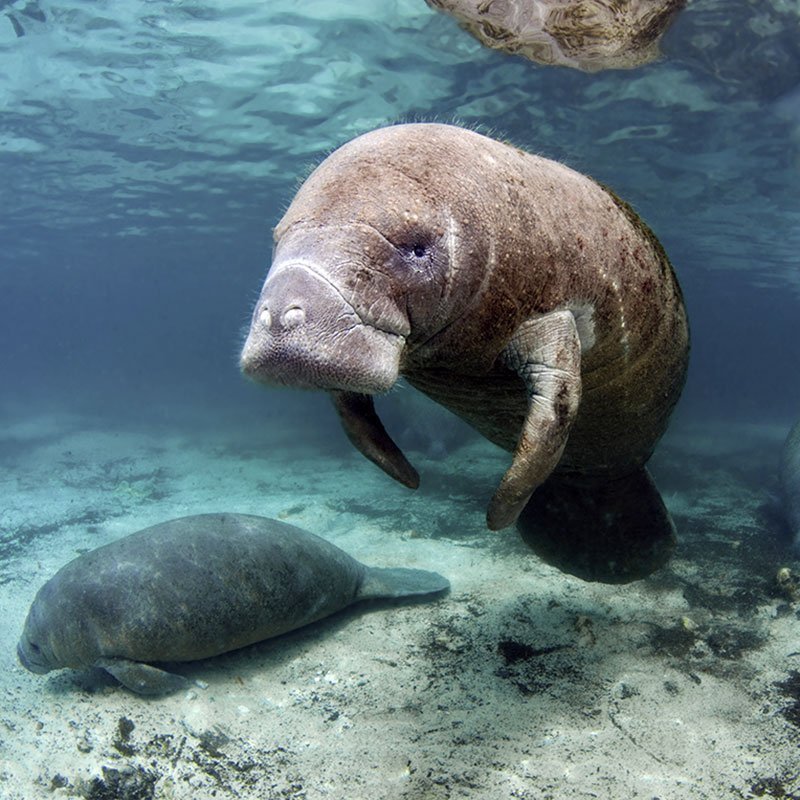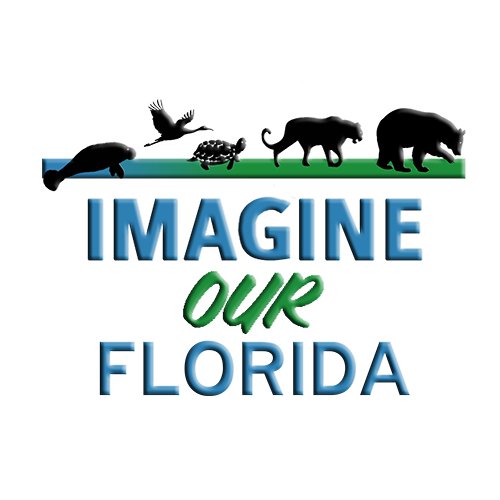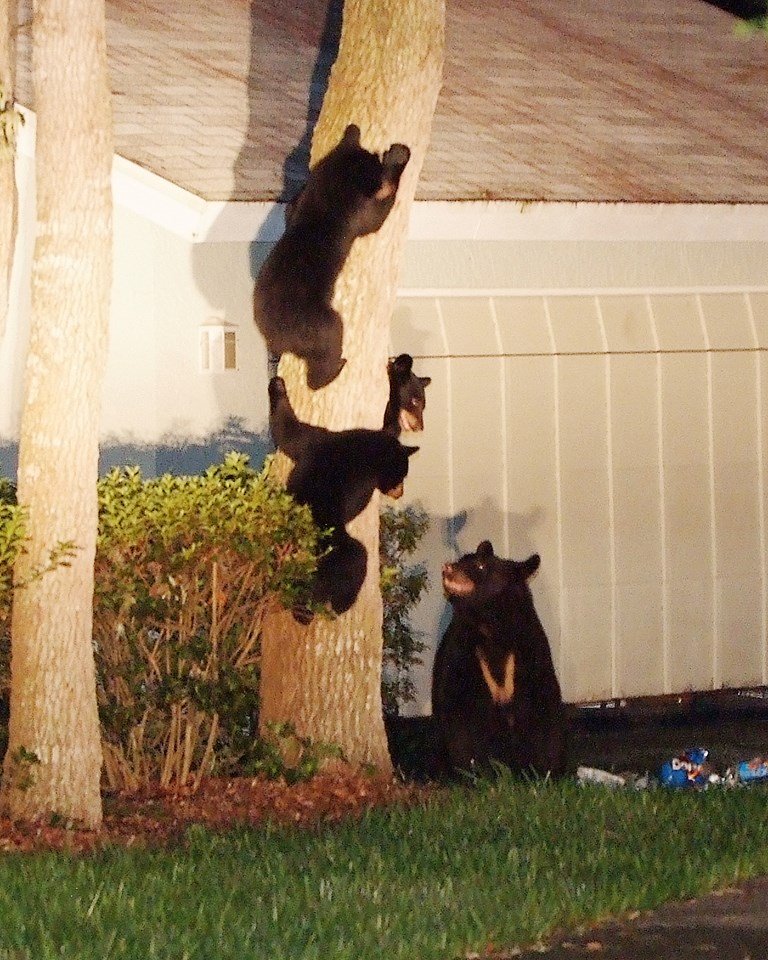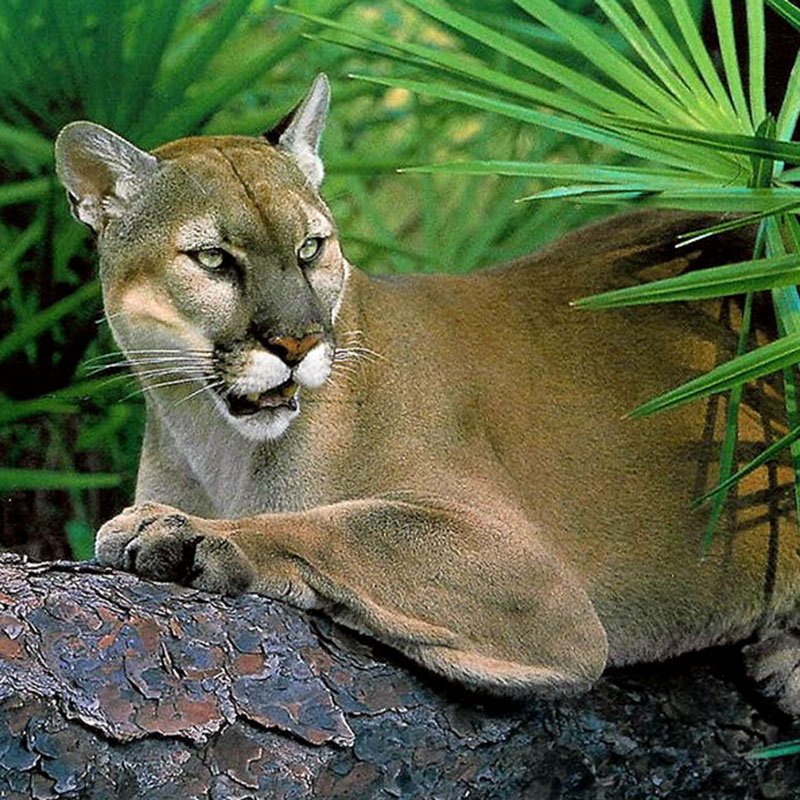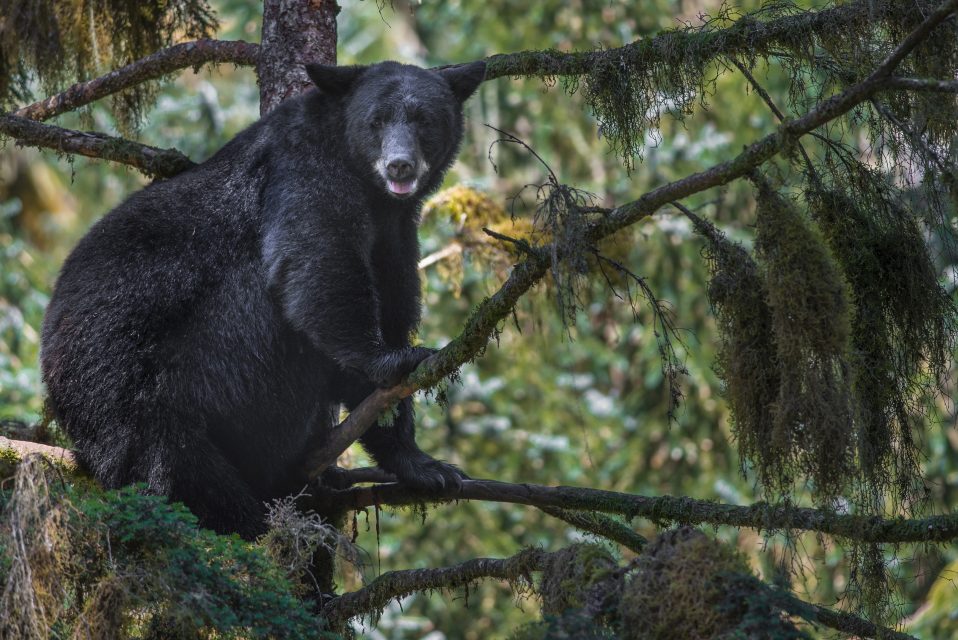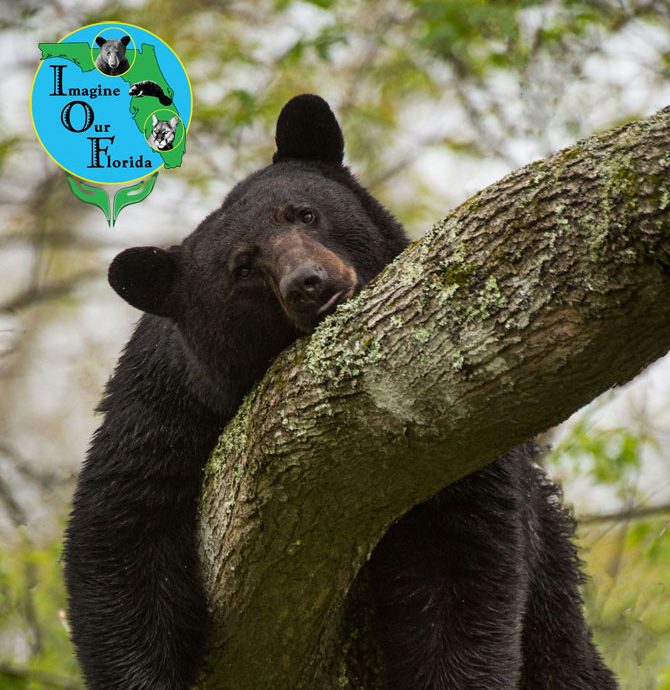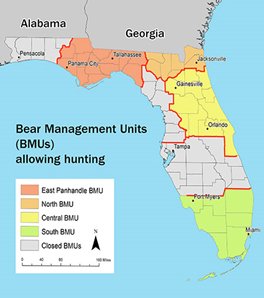So many hearts to touch. So many minds to change. Will you volunteer with us?
Imperiled Species Management Plan rule changes
Imperiled Species Management Plan rule changes are in effect Florida Fish and Wildlife Conservation Commission (Having trouble viewing this email? View it as a Web page.) Jan. 18, 2017 Suggested Tweet: Imperiled Species Management Plan rule changes in effect. @MyFWC: https://content.govdelivery.com/accounts/…/bulletins/18133ff #Florida #wildlife The Imperiled Species Management Plan rule changes are now in effect, including changes in listing status for many species. The Florida Fish and Wildlife Conservation Commission (FWC) approved the groundbreaking plan in an effort to achieve conservation success with dozens of imperiled species throughout the state. The plan outlines the steps to conserve 57 species along with the broader vision of restoring habitats essential to the long-term survival of multiple fish and wildlife species. “Florida is charting an ambitious new path for wildlife conservation success on a statewide scale,” said FWC Chairman Brian Yablonski. “Seeing a roseate spoonbill wading in shallow waters, a black skimmer resting on the beach or a Big Cypress fox squirrel sitting in a pine tree is an essential part of the Florida experience. This innovative plan is designed to keep imperiled species like these around for many generations to come.” Nine rules were revised in support of the ISMP, focusing on changes to listing status, adding authorizations in a management plan or Commission-approved guidelines, preventing possession of species coming off the list, and accomplishing overall rule cleanup and clarification. Among the nine rules, one rule affecting inactive nests of non-listed birds is still pending. Under the rule change that updates species’ listing status: Fifteen species will no longer be listed as imperiled species because conservation successes improved their status: eastern chipmunk, Florida mouse, brown pelican, limpkin, snowy egret, white ibis, peninsula ribbon snake (lower Keys population), red rat snake (lower Keys population), striped mud turtle (lower Keys population), Suwannee cooter, gopher frog, Pine Barrens tree frog, Lake Eustis pupfish, mangrove rivulus and Florida tree snail. These species still are included in the plan for guidance in monitoring and conserving them. Twenty-three species are newly listed as state Threatened species, a change from their former status as Species of Special Concern: Sherman’s short-tailed shrew, Sanibel rice rat, little blue heron, tricolored heron, reddish egret, roseate spoonbill, American oystercatcher, black skimmer, Florida burrowing owl, Marian’s marsh wren, Worthington’s marsh wren, Scott’s seaside sparrow, Wakulla seaside sparrow, Barbour’s map turtle, Florida Keys mole skink, Florida pine snake, Georgia blind salamander, Florida bog frog, bluenose shiner, saltmarsh top minnow, southern tessellated darter, Santa Fe crayfish and Black Creek crayfish. Threatened species have populations that are declining, have a very limited range or are very small. Fourteen species keep their state Threatened status: Everglades mink, Big Cypress fox squirrel, Florida sandhill crane, snowy plover, least tern, white-crowned pigeon, southeastern American kestrel, Florida brown snake (lower Keys population), Key ringneck snake, short-tailed snake, rim rock crowned snake, Key silverside, blackmouth shiner and crystal darter. Five species remain Species of Special Concern: Homosassa shrew, Sherman’s fox squirrel, osprey (Monroe County population), alligator snapping turtle and harlequin darter. These species have significant data gaps, and the FWC plans to make a determination on their appropriate listing status in the near […]
New Sponsor
Imagine Our Florida is more than grateful to our sponsors, Marie and Matthew from SeaLife Aquarium in Apopka. Your friendship and support are valued by all of us at IOF.
Wildlife Crossing Proposal
Recently, we submitted a proposal to Google with a vision of getting wildlife crossing alerts on the google map app.
Sabal Trails Gopher Tortoise Turmoil
Sabal Trails Gopher Tortoise Turmoil by: Aymee Laurain A recently released bi-weekly report on the Sabal Trail pipeline demonstrated some insight on the ecological effects of the gopher tortoise in the area. The report Docket No. CP15-17-000 stated the following: ●Spread 3, Georgia, a total of 4 burrows were investigated and eliminated and 2 gopher tortoises were captured and excluded from the workspace. ● Spread 3, Florida, 80 burrows investigated, 43 excavated, and 20 tortoises relocated. ●Spread 4, 135 burrows were investigated, 103 excavated, and 35 gopher tortoises were captured and excluded from the workspace. ● Spread 5, 602 burrows were investigated, 369 excavated, and 153 gopher tortoises were captured and excluded from the workspace. ●Spread 6, excavations continue, 20 burrows were investigated, 15 excavated, and 7 gopher tortoises were excluded or relocated.” Is there a reason the remaining tortoises are not being relocated? Imagine Our Florida, Inc. contacted FWC regarding the information in the document. The response was as follows: “I am happy to answer your question, but would like to know what report you are referring to in your request below since it is not from a FWC report. Knowing the source and dates of your information will be helpful! Also the reports to FWC are not yet submitted, but I am told that the Authorized Gopher Tortoise Agent is working on entering the data this week. So we may not have the info you are asking about right now. This information contained in the gopher tortoise permits are viewable/searchable by the public online at http://myfwc.com/gophertortoise/permitting. See attached for an overview of the FWC permit system. As I noted previously we do not yet have reports from ST about the relocation that has occurred. However, I was able to obtain clarification regarding the data in the FERC report. The burrows investigated included all gopher tortoise burrows that had been documented during any of the previous tortoise burrow surveys. Some of those burrows had either become abandoned or were no longer intact burrows. The remainder of the non-excavated burrows ether occurred outside of the pipeline work area corridor or were just at the edge and going off-site; those burrows were excluded from the corridor work area with silt fencing. They only excavated and relocated tortoises could not be excluded, and were in the right of way, resulting in the difference of numbers of burrows v. excavated v. tortoises. Once the report is entered into the online permit system, you will be able to access the tortoise data from that system. Please let me know if you have any further questions on this project.” With the numbers previously documented compared to those recently found it would appear there has already been a reduction in the population. Following the message we asked if there be any follow-up research to determine the actual impact of this project on the tortoises? “Each tortoise will use multiple burrows over the course of a season or year, but each burrow does not typically host multiple tortoises. The average occupancy rate for gopher tortoise burrows is 50%, but that rate fluctuates per site. On sections of the corridor, the occupancy […]
A big Thank you to all at Paint with a Twist St. Pete
Aymee, a director of IOF, had an amazing turnout at the Painting with a Twist fundraiser in St. Pete. Imagine Our Florida Inc. would love to thank all who attended and had a great time while giving back to an amazing charity who is educating, protecting and preserving Florida’s wildlife, natural resources and land. A big Thank you goes to Painting with a Twist in St Pete. who made this all possible.
PUBLIC COMMENT Opportunity -Sleepy Creek Lands consumptive use permit application-
Sleepy Creek Lands, previously known as Adena Springs Ranch, currently has approval to withdraw 1.46 million gallons per day from our springs. Sleepy Creek is requesting an additional 1.22 million gallons per day for pasture irrigation, crop irrigation, livestock use and commercial/industrial use. The St. Johns River Management District Governing Board is meeting in Palatka on Tuesday, January 10th to discuss this matter. Read more in this 2014 article at the Ocala Star Banner: http://www.ocala.com/…/adenasleepy-creek-ruling-a-watershed… and in this more current Ocala Star Banner article: http://www.ocala.com/…/st-johns-staff-urges-approval-of-sle… Make Your Voice Heard. Click on the link below then under Public input, click to submit your comment. http://www.sjrwmd.com/facts/AdenaSpringsRanchCUP.html
Its cold outside – How do our bears stay warm?
—-It’s COLD Outside – How do our Bears Stay Warm?—- As we know, in the fall, our bears foraged in the forests and some in our trash cans, for foods high in carbohydrates and protein. During this stage of hyperphagia, our bears got fat! Many of our Florida Black Bears, including mother bears who will give birth to cubs next month, are denning. Their deep layer of fat and their fur will keep them warm and snugly in their dens. This warmth allows them to wake easily if disturbed. There’s more! During this denning period, bears get all the water they need from the break down of fat. Their protein comes from muscle and tissue breakdown. The bear’s bodies miraculously use the nitrogen in urea, which is found in their urine, to make new protein. During Florida cold snaps, we humans layer our clothes, sit by fires, curl up in blankets, make warm comfort food and sip hot drinks. Our incredible bears simply sleep right through it! http://www.pbs.org/…/na…/bear-essentials-of-hibernation.html http://www.wec.ufl.edu/…/Garrison%20et%20al%202012%20black%…
Science Fair and Vegfest
We debuted our new program at St Pete Science Fair and at the Orlando Veg Fest this weekend. It was so incredibly easy. It is approved by Florida Dept of Education. The kids loved it and so did their parents! Who would have thought that it would all begin with bear scat!?!?! Going forward, we want to get more teaching materials into the hands of teams throughout Florida.
October 2016 B.E.A.R. Monitor Newsletter
B.E.A.R. Monitor: Bridging Education Advocacy and Research A Publication of Imagine Our Florida, Inc. Volume 2016 No.1 Purpose of Imagine Our Florida, Inc. To bring people together in a shared vision to preserve and protect Florida’s wildlife, habitat and ecosystem. We plan to accomplish this via science- based education and the development of appreciation and respect for the natural world and our place within it. HELP THE CAUSE! You can help us safeguard the future of wild Florida; all it takes is a small donation. IOF is a 501(c)(3) non-profit organization. Your contribution is tax–deductible to the extent allowed by law. DONATE NOW In this edition of B.E.A.R. Monitor: Warm Welcome IOF: Past, Present, and Future New Affiliations Public Survey Bearing Witness Yankee Candle Fundraiser Longleaf Pine Ecosystems Nowhere to Turn: The Plight of the Florida Black Bear Events Past Bear-Friendly Ordinances/Resolutions Upcoming Events Noteworthy News Warm Welcome! Welcome to our very first issue of the IOF newsletter, B.E.A.R. Monitor. It is one year ago to the month that something very profound happened which led to the creation of IOF: the first Florida black bear hunt in over two decades. The hunt and the events leading up to it irrevocably changed the lives of so many people throughout Florida and beyond, people united by the common goal to attempt to stop the senseless slaughter of our iconic, beautiful black bears. The failure to stop the hunt in 2015 left so many of us feeling a wide range of emotions. We felt powerless, dejected, depressed, angry, incredulous, and frightened, to name a few. Many of us who were on the front lines counting dead bears as Bear Hunt Monitors continue to suffer from symptoms of post-traumatic stress disorder. We have continued to work tirelessly on behalf of our bears to prevent future hunts from occurring, and although we have splintered and disagreed with each other, we still blaze a trajectory that will never cease until our bears are safe. Together we keep moving forward, whatever the cost. While the pause button has been pressed for a 2016 bear hunt, thanks to the bear advocates and activists that stormed the Florida Fish and Wildlife Conservation Commission (FWC) commissioners meetings, wrote letters and emails, pored over data and documents, protested, and worked around the clock, we all realized that the well-deserved rest must be short-lived. Although so many have worked so long and accomplished so much, we all know there is so much work that lies ahead. IOF was born out of the anguish, sorrow, and powerlessness that came from being unable to stop the hunt. But the bears that lost their lives that day will not have died in vain. We have awakened, both individually and united, to rise up to the challenge on so many levels. Saving our bears from future hunting, protecting their habitat and the wild spaces that remain, ensuring clean water, these are all necessary and inextricably linked to their well-being as well as our own. The Florida black bear is our icon, the symbol of the important work to be done, the reason we exist, the face […]
Charitable Login
Charitable Register
Apple Pie and Hyperphagia
Fall is the time when our beautiful black bears consume up to 20,000 calories/day. This increased
Childrens Activity Pages
Be Bear Smart
Water
How long till it’s gone – Plastics
How long does the plastic you use on a daily basis last in a landfill?
Florida Black Bear
URSUS AMERICANUS FLORIDANUS – THE FLORIDA BLACK BEAR – AN UMBRELLA SPECIES
Volunteer
Photos
Don’t Attract Bears
Click read more. Click on poster at bottom. Right click and save image. Print and share with everyone.
Be Bear Smart poster
Click read more. Click on poster at bottom. Right click and save image. Print and share with everyone.
Register to vote for our bears and enviroment
Click read more. Click on poster at bottom. Right click and save image. Print and share with everyone.
Wanted Poster
Click read more. Click on poster at bottom. Right click and save image. Print and share with everyone.
URSUS AMERICANUS FLORIDANUS – THE FLORIDA BLACK BEAR – AN UMBRELLA SPECIES
URSUS AMERICANUS FLORIDANUS – THE FLORIDA BLACK BEAR – AN UMBRELLA SPECIES Did you know… Florida black bears historically roamed throughout Florida and into parts of southern Georgia, Mississippi, and Alabama. In the 1970s, there were 300-500 individuals left due to habitat loss and fragmentation, as well as overhunting. For 21 years, Florida black bears were protected from hunting and their numbers increased. However, in 2012 the Florida Fish and Wildlife Conservation Commission (FWC) removed them from the list so they are once again in danger of being hunted to extinction. Even though numbers have rebounded, they now inhabit only about 18% of their historic range. Source: University of Florida: http://franklin.ifas.ufl.edu/blog/2014/04/25/our-recovering-florida-black-bear-population/ Did you know… There are seven Bear Management Units (BMUs) in Florida, each representing a distinct subpopulation of the subspecies of Florida black bear. Hunting was permitted in four of the seven BMUs in 2015. Isolated from each other due to human encroachment on their habitat and lack of a contiguous wildlife corridor, each of the subpopulations of Florida black bear is in danger of inbreeding depression due to genetic isolation, thus weakening the gene pool. Source: http://myfwc.com/hunting/by-species/bear/rules/ Did you know… Although classified as carnivores, the Florida black bear’s diet consists of 80% plant material, 15% insects, and 5% animal matter. A major source of the bear’s diet, saw palmetto berries, has been harvested by humans for years. The berries are sold as herbal supplements. In July 2015, three months before the hunt, the state of Florida temporarily halted the harvesting of saw palmetto berries on state land. Destruction of acorn-producing oak trees is also taking away food from the bears and other wildlife. Trees are being destroyed for timber and to make way for more cattle-grazing land in our state and national forests. Did you know… The perceived threat of bears hurting humans is based on irrational fear. There is no documented case of a human being killed by a Florida black bear…EVER! However, humans kill an alarming number of black bears, even excluding legal hunting. While precise figures are not known, annual roadkill numbers have been close to or exceeding 150 (down from the peak of 282 in 2012). Approximately 100 so-called “nuisance” bears are killed every year, most often due to human carelessness such as leaving trash, pet food, bird seed, and dirty barbecue grills outside or in patios. Within the last few years, the FWC has adopted the “one strike you’re out” policy with regard to so-called “nuisance” bears. Did you know… Bears are deemed a “nuisance” merely for going in search of food carelessly left out by humans in residential neighborhoods. In preparation for denning in the winter, bears can consume in excess of 20,000 calories per day. When natural food sources are poor, bears must go in search of food often traveling many miles, which unfortunately puts them in danger of encounters with humans. Did you know… There is no science to support the supposition that hunting decreases human-bear conflicts or that bears that habituate to humans are more likely to be aggressive. Did you know… 3,778 permits were sold to hunt only […]
Take a Quick Exploratory Survey for Wildlife Overpasses
TAKE SURVEY FWC just released the Florida Panther Mortality Update and it is heartbreaking. (link below) Now, more than ever, we need safe wildlife passages. Public Project Planning Chair Ginger Goepper and Director Aymee Laurain have launched a wildlife planning project for safe wildlife passages. They need your help to show public support to FWC, DOT, insurance companies and other agencies they are working with. Please SIGN and SHARE this survey. The survey is to show interest only and not a request for donations. Let’s all work together to bring wildlife passages to Florida for our panthers, bears and the other furry animals whom we share Florida with. Florida Panther Mortality Update TAKE SURVEY HERE
Wildlife
Advocacy
Partners and Donors
How to be an advocate for ordinances and resolutions to your county commissioners
Your local officials want to hear from you, their constituents. They are citizens just like you. Whether you are good at public speaking or not, talk to your officials like a friend. Tell them your concerns and offer a solution. You never know when a brainstorming idea will become a law for the safety of all of us and our wildlife. Here is a sample powerpoint presentation.
donations
This white paper just released
This white paper just released from the Dr. Matthew J. Aresco
Director, Nokuse Plantation, Joseph M. Guthrie, M.S.
Conservation Biologist, and Dr. Joseph Travis
Robert O. Lawton Distinguished Professor
Department of Biological Science
Florida State University to the FWC has stated everything our research team has been saying along. Click on the picture to read.
The Florida Black Bear (Ursus americanus floridanus) is a subspecies of the American black bear.
Although classified as carnivores, the Florida black bear’s diet consists of 80% plant material, 15% insects, and 5% animal matter. A major source of the bear’s diet, saw palmetto berries, has been harvested by humans for years. The berries are sold as herbal supplements.
FWC Statistics for the 2015 Bear hunt
This FWC spreadsheet shows the data collected from killed bears brought to the check stations during the Hunt. This chart includes number of lactating momma bears, gender, place where killed, fines issued to hunters and more.
Typography
Shortcodes
My Account
Our Impact
Gallery with caption 4 columns
Gallery with caption 3 columns
Gallery with caption 2 columns
Events Grid
Help rebuild Nepal
Vestibulum quam nisi, pretium a nibh sit amet, consectetur hendrerit mi. Aenean imperdiet lacus sit amet elit porta, et malesuada erat bibendum. Cras sed nunc massa. Quisque tempor dolor sit amet tellus malesuada, malesuada iaculis eros dignissim. Aenean vitae diam id lacus fringilla maximus. Mauris auctor efficitur nisl, non blandit urna fermentum nec. Duis facilisis nibh quam, sit amet interdum tellus sollicitudin tempor. Curabitur aliquam erat in nisl lobortis, ut pellentesque lectus viverra. Lorem ipsum dolor sit amet, consectetur adipiscing elit. Pellentesque massa ipsum, efficitur a fermen tum sed, suscipit sit amet arcu. Ut ut finibus tortor, eu ultrices turpis. Mauris vitae elit nec diam elementum elementum. Mauris ante quam, consequat ac nibh placerat, lacinia sollicitudin mi. Duis facilisis nibh quam, sit amet interdum tellus sollicitudin tempor. Curabitur aliquam erat in nisl lobortis, ut pellentesque lectus viverra. Aenean sodales aliquet arcu at aliquam. Vestibulum quam nisi, pretium a nibh sit amet, consectetur hendrerit mi. Aenean imperdiet lacus sit amet elit porta, et malesuada erat bibendum. Cras sed nunc massa. Quisque tempor dolor sit amet tellus malesuada, malesuada iaculis eros dignissim. Aenean vitae diam id lacus fringilla maximus. Mauris auctor efficitur nisl, non blandit urna fermentum nec. Lorem ipsum dolor sit amet, consectetur adipiscing elit. Pellentesque massa ipsum, efficitur a fermen tum sed, suscipit sit amet arcu. Ut ut finibus tortor, eu ultrices turpis. Mauris vitae elit nec diam elementum elementum. Mauris ante quam, consequat ac nibh placerat, lacinia sollicitudin mi.

